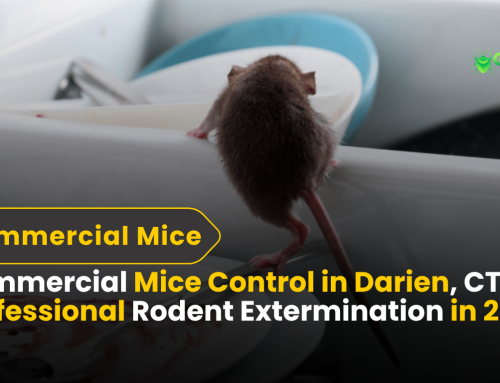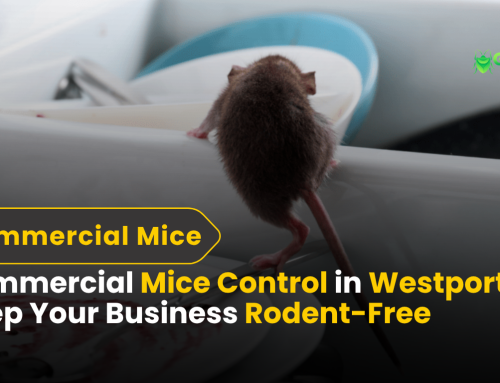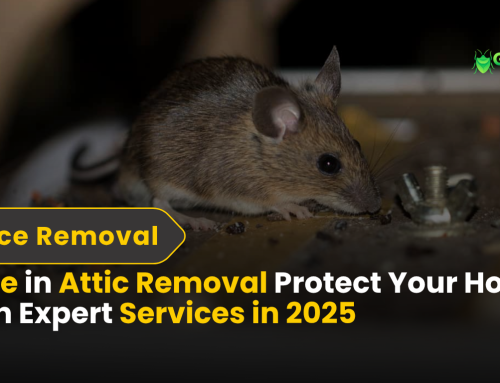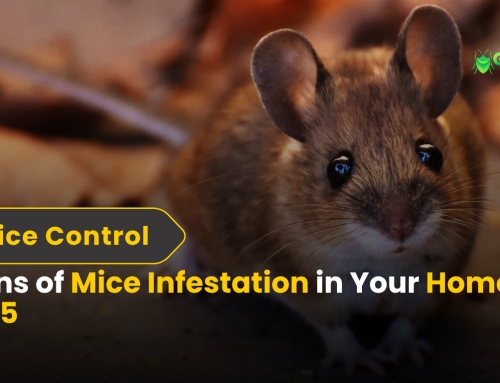How to Get Rid of Cockroaches in the Kitchen Permanently: A Comprehensive Guide
Cockroaches are among the most unwelcome pests, particularly in the kitchen, where food is prepared and stored. These resilient creatures thrive in warm, damp environments, making kitchens an ideal habitat. Left unchecked, they can quickly become a significant problem, contaminating food, spreading bacteria, and triggering allergies.
The presence of cockroaches in your kitchen not only poses health risks but also creates discomfort and hygiene concerns. They are drawn to crumbs, spills, and unsealed food containers, often hiding in dark crevices, under sinks, behind appliances, and in cabinets. Understanding their behavior is key to effective elimination.
This guide provides a detailed approach to permanently eliminating cockroaches from your kitchen. It covers preventive measures such as maintaining cleanliness, sealing cracks and entry points, and removing food and water sources. Additionally, it explores natural remedies like diatomaceous earth and baking soda, alongside chemical solutions like gel baits and insect growth regulators for severe infestations.
By following the outlined steps and maintaining proper hygiene, you can create an inhospitable environment for cockroaches, ensuring they stay away for good. A cockroach-free kitchen is not only achievable but essential for a safe and healthy home.
Understanding The Cockroach Behavior In Your Town
To effectively eliminate cockroaches, it’s essential to understand their behavior and why they are drawn to kitchens. Cockroaches are highly adaptable pests that thrive in warm, moist environments with easy access to food and shelter. Kitchens often provide the perfect conditions for their survival, making them a common hotspot for infestations.
Why Cockroaches Invade Kitchens?
Cockroaches are primarily attracted to:
- Food Crumbs and Spills: Even the smallest crumbs or leftover spills can serve as a food source for cockroaches.
- Unsealed Food Containers: Open bags of flour, sugar, or snacks are easy targets for these pests.
- Standing Water or Damp Areas: Leaky faucets, wet sponges, or damp sinks provide the moisture cockroaches need to survive.
- Warm and Dark Hiding Spots: Cockroaches prefer dark, enclosed spaces where they can hide and reproduce undisturbed.
1. Common Hiding Spots
Cockroaches are adept at finding hidden spaces in the kitchen, including:
- Under the Sink: Damp and dark, this area is a favorite spot.
- Inside Cabinets and Drawers: Cockroaches often hide near food storage areas.
- Behind Appliances: Refrigerators, stoves, and dishwashers provide warmth and shelter.
- Cracks and Crevices in Walls or Floors: Small gaps are ideal for nesting and travel.
Understanding these habits and hiding spots is the first step in effectively tackling a cockroach infestation. By addressing their needs and sealing their access points, you can create an environment that discourages their presence.

2. Identifying a Cockroach Infestation
Early detection is crucial to preventing a minor cockroach problem from escalating into a full infestation. Watch for the following signs:
- Droppings: Small, black, pepper-like specks found in corners or near food sources.
- Egg Cases: Oval-shaped casings hidden in cracks, drawers, or dark areas.
- Odor: A strong, musty smell often accompanies larger infestations.
- Sightings: Spotting a cockroach during the day is a significant warning, as these nocturnal pests usually emerge at night, indicating a hidden, growing population.
Step-by-Step Guide to Eliminating Cockroaches
Achieving a cockroach-free kitchen requires a combination of cleaning, organization, and preventive measures. The first step is decluttering and deep cleaning your space to eliminate attractants and hiding spots.
1: Declutter and Deep Clean
Cockroaches thrive in cluttered and untidy environments. Begin by:
- Removing Clutter: Clear countertops, cabinets, and shelves of unnecessary items to reduce hiding spots and make cleaning easier.
Next, focus on thorough cleaning:
- Wipe Down Surfaces: Use a mixture of water and dish soap to clean countertops, cabinets, and other surfaces where food particles might accumulate.
- Sweep and Mop Floors: Regularly clean the kitchen floor to remove crumbs and spills that attract cockroaches.
- Clean Under Appliances: Move refrigerators, stoves, and microwaves to remove hidden debris and grease. Pay extra attention to hard-to-reach areas, as these are common nesting spots.
Proper garbage disposal is equally critical:
- Dispose of Trash Regularly: Use a trash can with a tight-fitting lid to prevent cockroaches from accessing food scraps. Empty the trash daily to avoid odors and accumulation.
2: Seal Entry Points
Preventing cockroache from entering your kitchen is crucial for long-term control. Start by thoroughly inspecting walls, floors, cabinets, and other areas for cracks, gaps, and crevices. These small openings are common entry points for cockroaches. Use caulk or silicone sealant to fill gaps around pipes, vents, and windows, ensuring no space is left for pests to sneak through. Additionally, install weather stripping on doors and windows to block their access. Sealing entry points is a simple yet effective way to prevent infestations.
3: Remove Food and Water Sources
Cockroache are highly dependent on food and moisture for survival, so eliminating these will make your kitchen inhospitable. Store all food in airtight containers to prevent access, and avoid leaving pet food out overnight. Clean up crumbs and spills immediately, as even small amounts of food can attract cockroaches. Fix leaky faucets, pipes, and appliances promptly to eliminate moisture. Dry sinks, counters, and other surfaces to further discourage cockroaches from thriving.
4: Use Natural Remedies
Natural remedies are safe and effective, especially in households with children or pets.
- Diatomaceous Earth:
- Sprinkle food-grade diatomaceous earth in areas where cockroaches are seen.
- The fine powder dehydrates and kills cockroaches upon contact.
- Baking Soda and Sugar:
- Mix equal parts of baking soda and sugar to attract and kill cockroaches.
- Place the mixture in shallow dishes near suspected hideouts.
- Bay Leaves:
- Place bay leaves in cabinets and drawers to repel cockroaches with their strong scent.
5: Use Chemical Solutions (As a Last Resort)
For severe infestations, chemical treatments may be necessary.
- Gel Baits:
- Apply gel baits in cracks, crevices, and other high-activity areas.
- Cockroaches consume the bait and spread the poison to others.
- Insect Growth Regulators (IGRs):
- IGRs prevent cockroaches from reproducing, gradually reducing the population.
- Sprays and Foggers:
- Use cockroach-specific sprays for spot treatments.
- Avoid foggers unless the infestation is widespread, as they may not reach hidden areas.
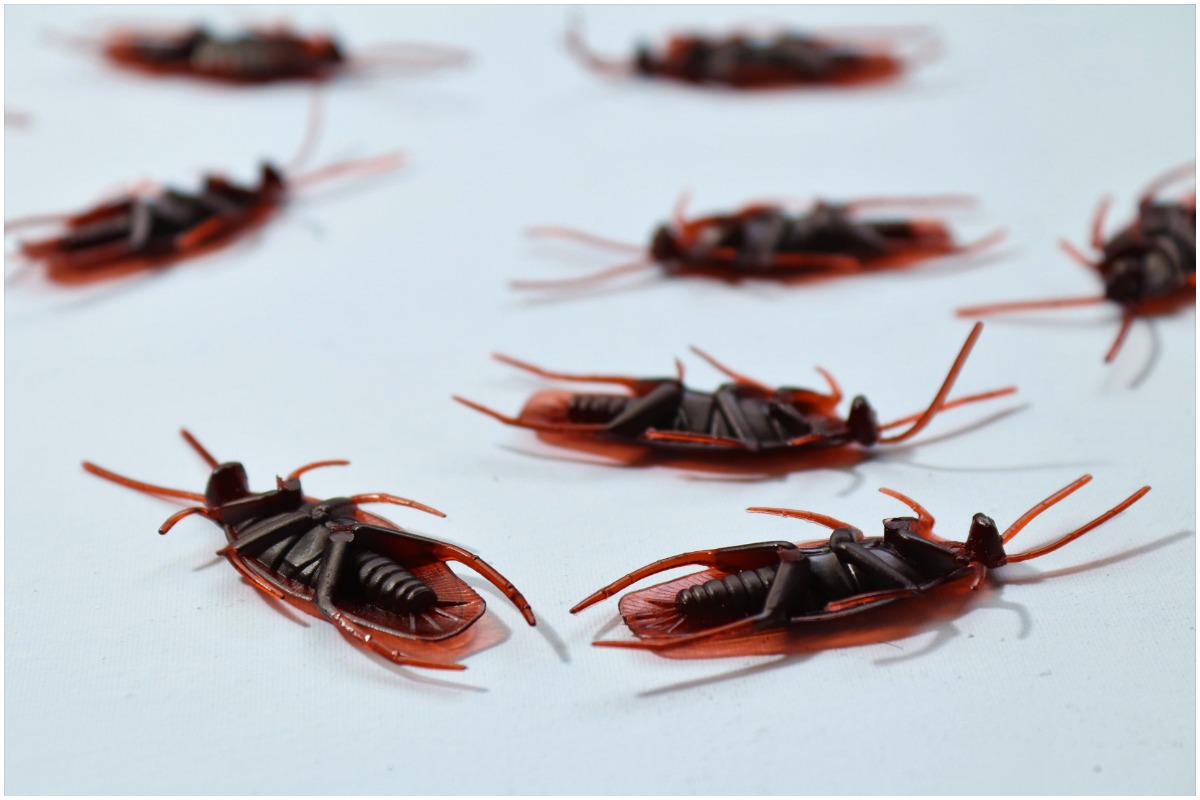
4. Preventing Future Infestations
Once the cockroaches are gone, it’s essential to maintain a clean and inhospitable environment.
- Regular Cleaning Routine:
- Keep the kitchen clean and dry at all times.
- Vacuum regularly, especially in corners and under furniture.
- Proper Food Storage:
- Store perishables in the refrigerator.
- Use sealed containers for dry goods like cereal, flour, and rice.
- Routine Maintenance:
- Inspect the kitchen periodically for signs of cockroaches.
- Repair cracks, leaks, and other vulnerabilities promptly.
- Limit Outdoor Access:
- Keep windows and doors closed or screened.
- Remove outdoor debris and seal trash cans tightly.
5. Professional Pest Control
If all else fails, calling a professional exterminator can help resolve persistent infestations. Pest control services often include:
- Thorough inspection of the kitchen and home.
- Application of specialized treatments targeting cockroaches.
- Follow-up visits to ensure the infestation is completely eradicated.
Why Act Quickly?
Acting quickly to address a cockroach problem is crucial, as delaying can lead to severe consequences. These pests are more than just a nuisance; they pose serious health, hygiene, and property risks.
- Health Risks: Cockroache are known carriers of bacteria like Salmonella and E. coli, which can contaminate food and surfaces, causing food poisoning and other illnesses. Their droppings, shed skins, and saliva can also trigger allergies and asthma, especially in children and sensitive individuals.
- Property Damage: Cockroache are not picky eaters and can damage a variety of household items. They may chew through paper, fabric, leather, and even electronics, causing costly repairs or replacements.
- Rapid Population Growth: Cockroache reproduce quickly, with one female capable of producing hundreds of offspring in her lifetime. A small infestation can rapidly escalate, making it harder and more expensive to control.
Frequently Asked Questions
Q: How long does it take to get rid of cockroaches? A: Depending on the severity, it can take a few days to several weeks to eliminate cockroaches.
Q: Are cockroaches harmful to humans? A: Yes, they can contaminate food and surfaces, spreading bacteria like Salmonella and E. coli.
Q: Can cockroaches survive without food and water? A: Cockroaches can live for a month without food but only a week without water.
Conclusion
Eliminating cockroache from your kitchen permanently requires a strategic and consistent approach. These resilient pests thrive in environments that provide food, water, and shelter, so the key to keeping them at bay lies in addressing these needs and taking proactive steps.
Start with thorough cleaning and decluttering to remove food crumbs, spills, and potential hiding spots. Seal all entry points, such as cracks, gaps, and crevices, to block cockroaches from gaining access. Properly store food in airtight containers and eliminate sources of moisture by fixing leaks and drying surfaces. Natural remedies like diatomaceous earth and baking soda offer safe and effective solutions, while chemical treatments can be used for severe infestations as a last resort.
Equally important is maintaining preventive measures. Regular cleaning, prompt garbage disposal, and monitoring for signs of cockroach activity will help prevent future infestations.
By following the steps outlined in this guide and staying vigilant, you can create an inhospitable environment for cockroaches and enjoy a hygienic, pest-free kitchen for the long term. Consistency is key, and with persistent effort, you can successfully eliminate cockroaches and ensure they don’t return.


